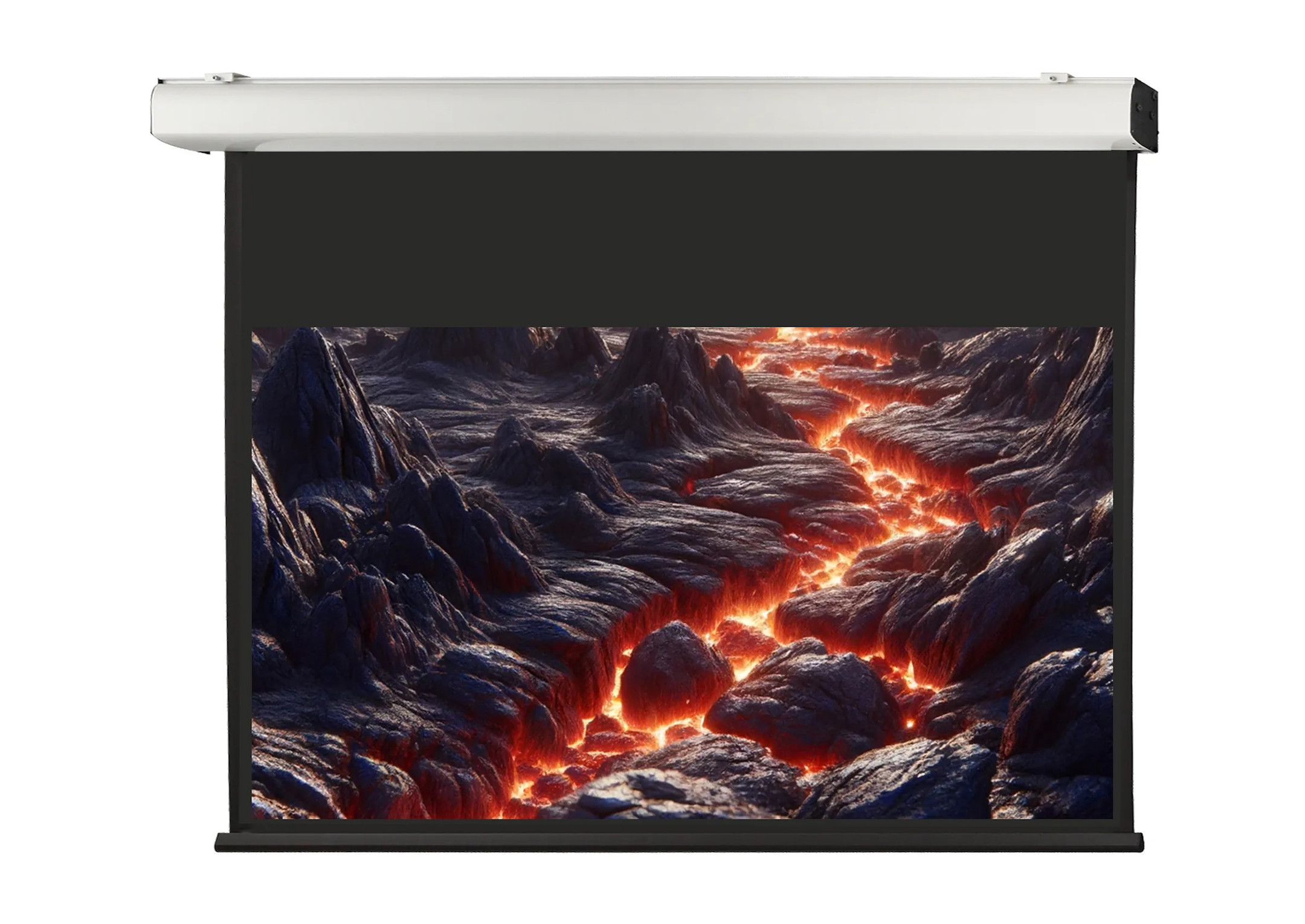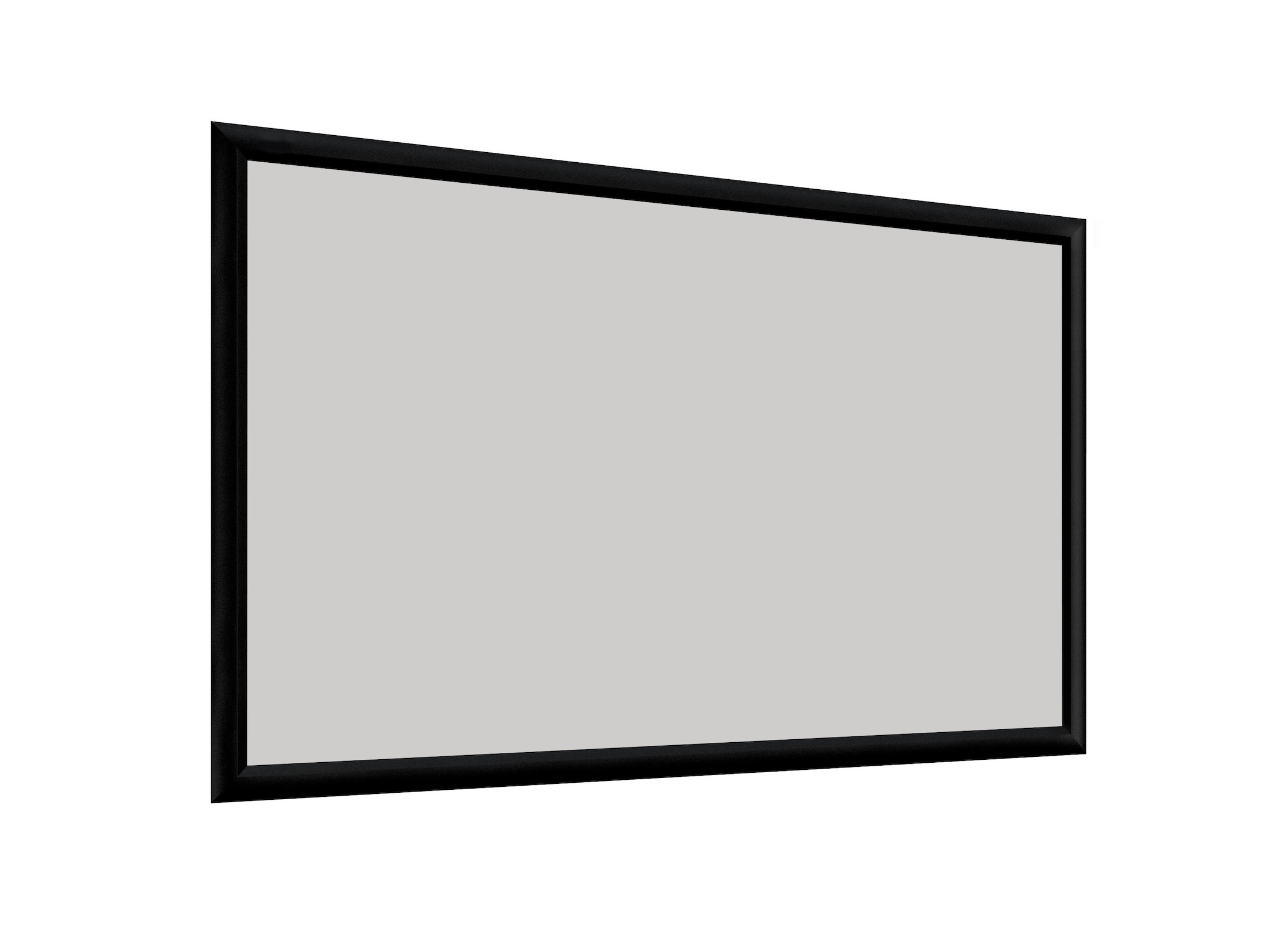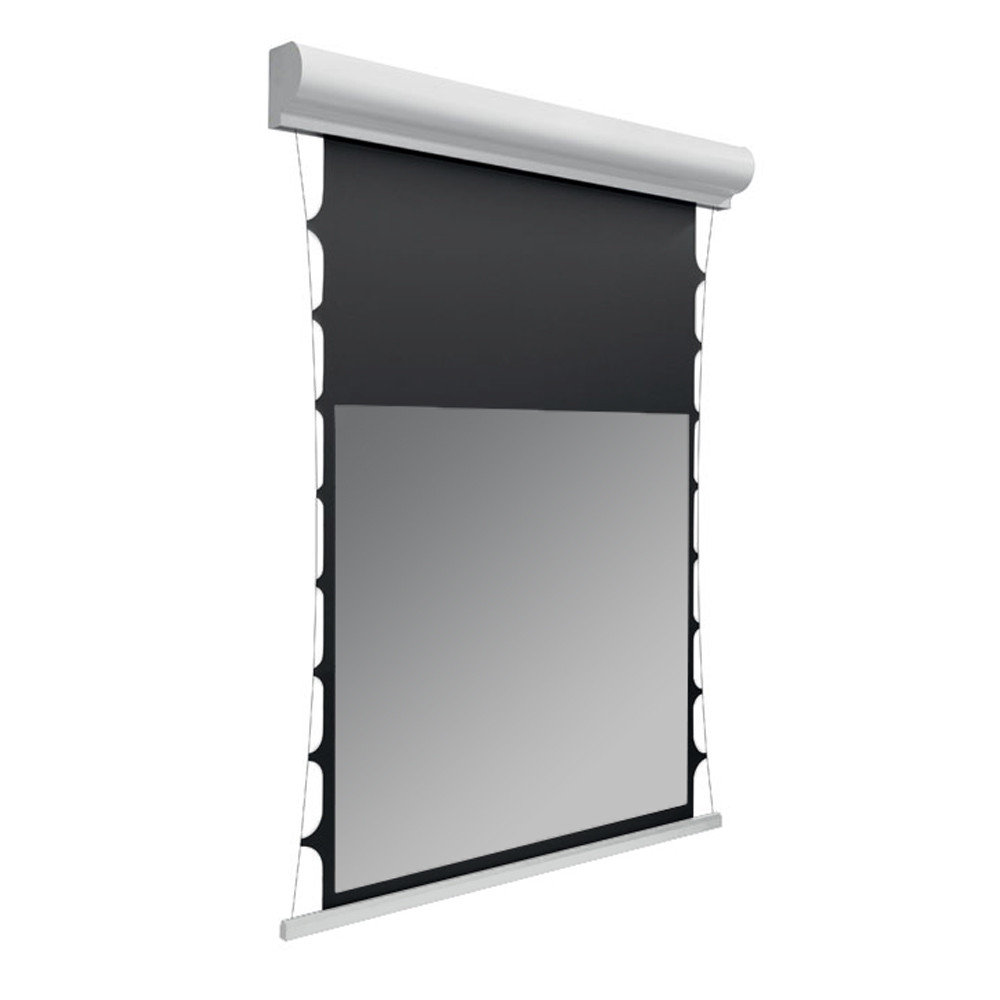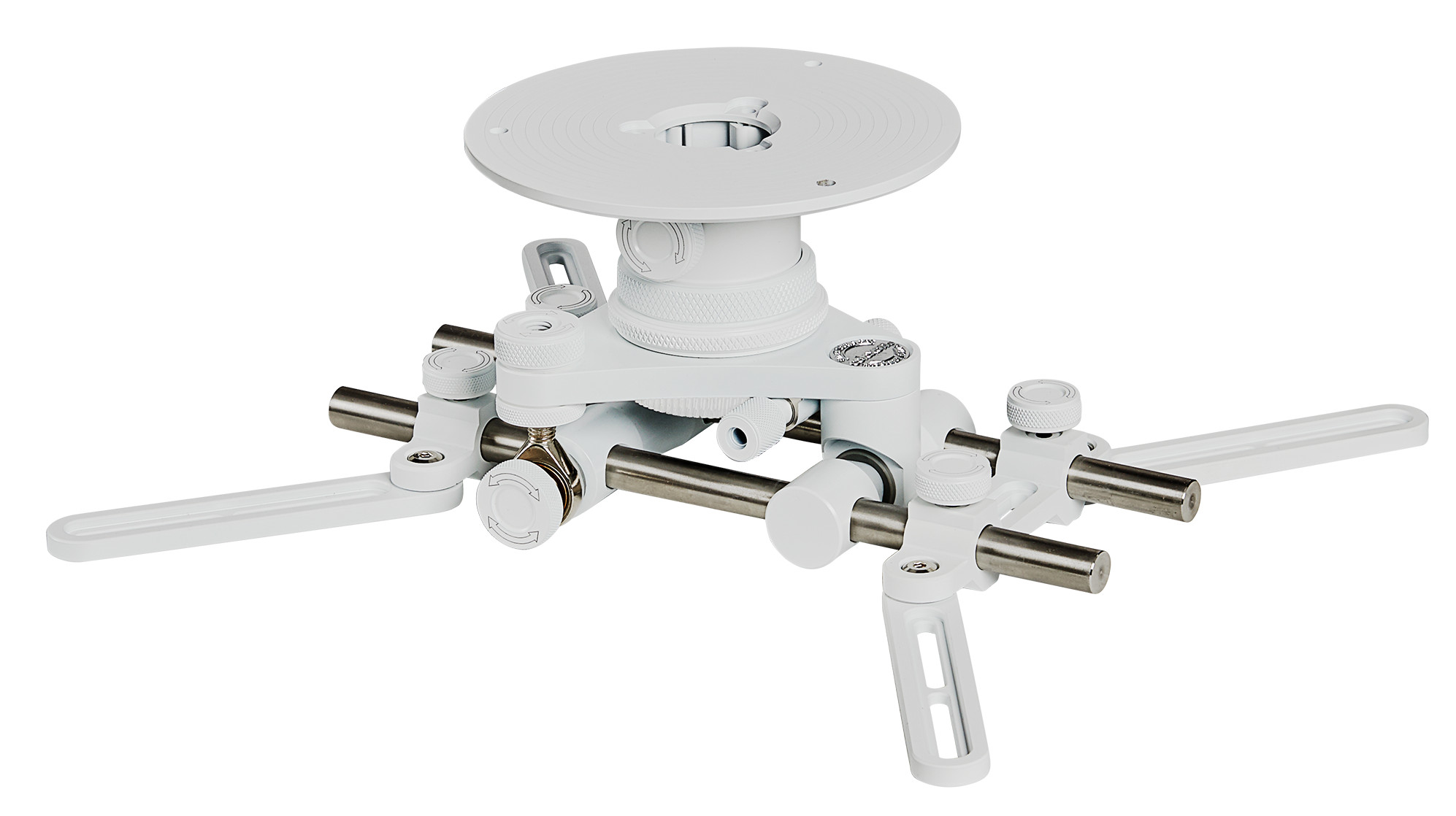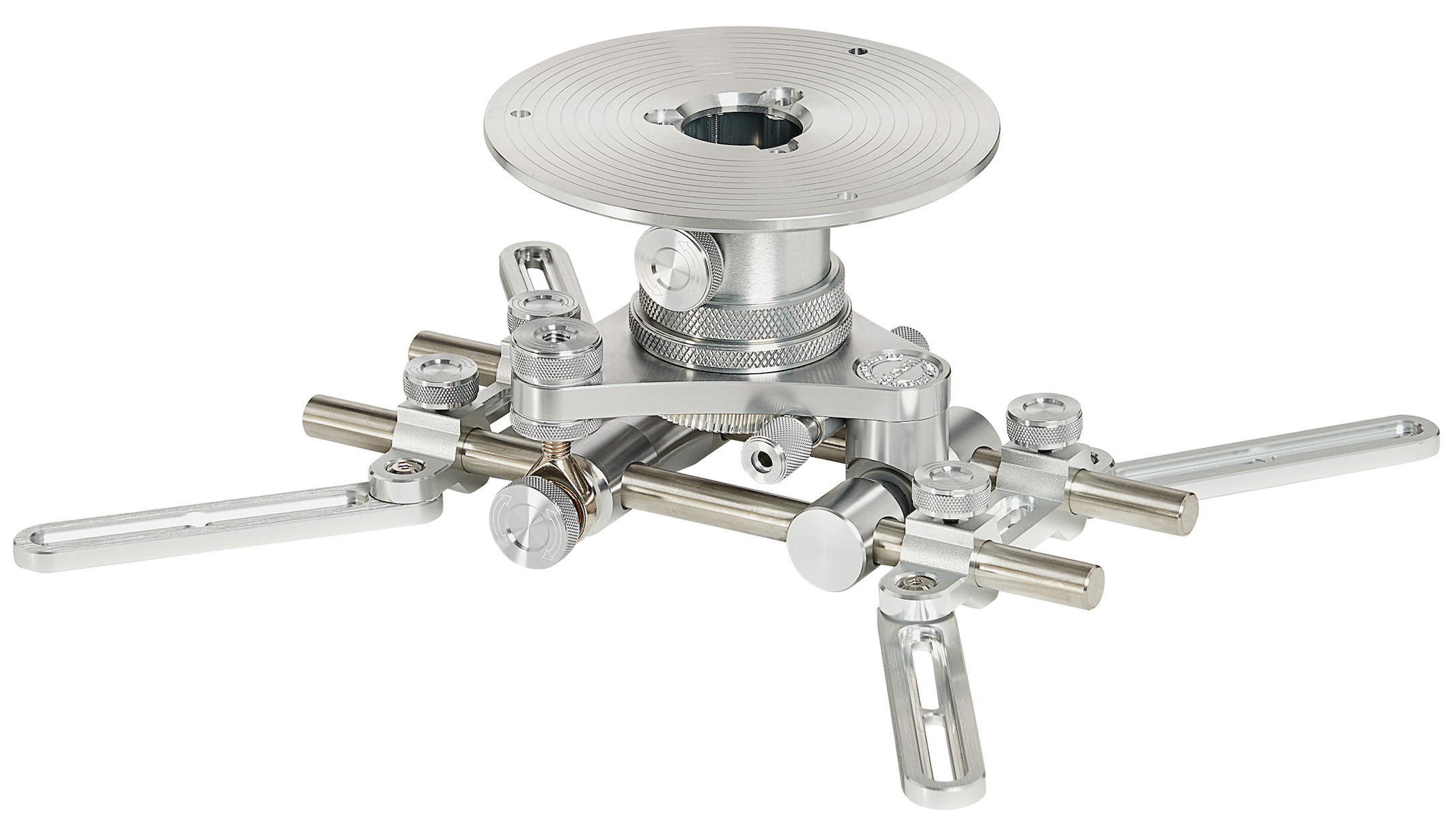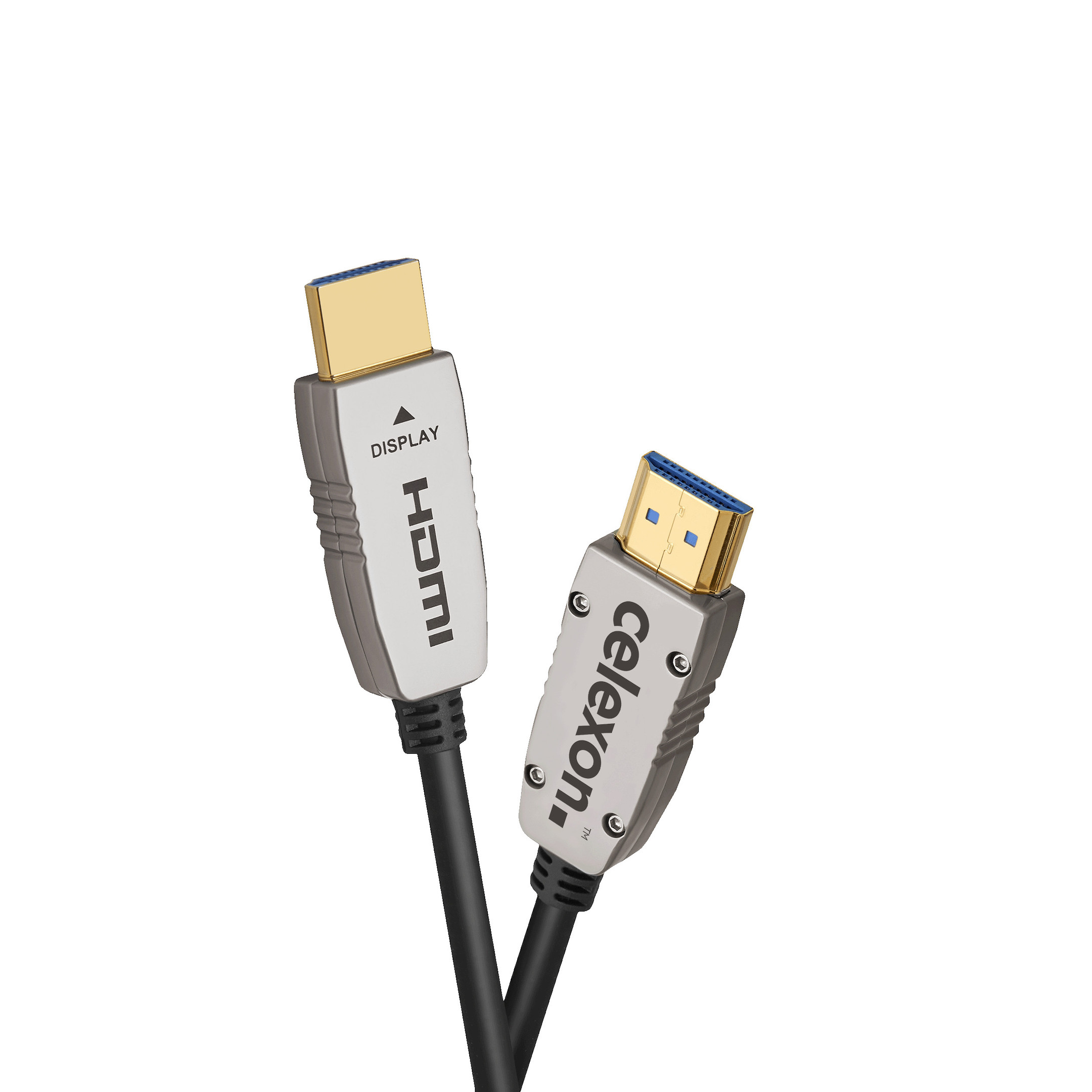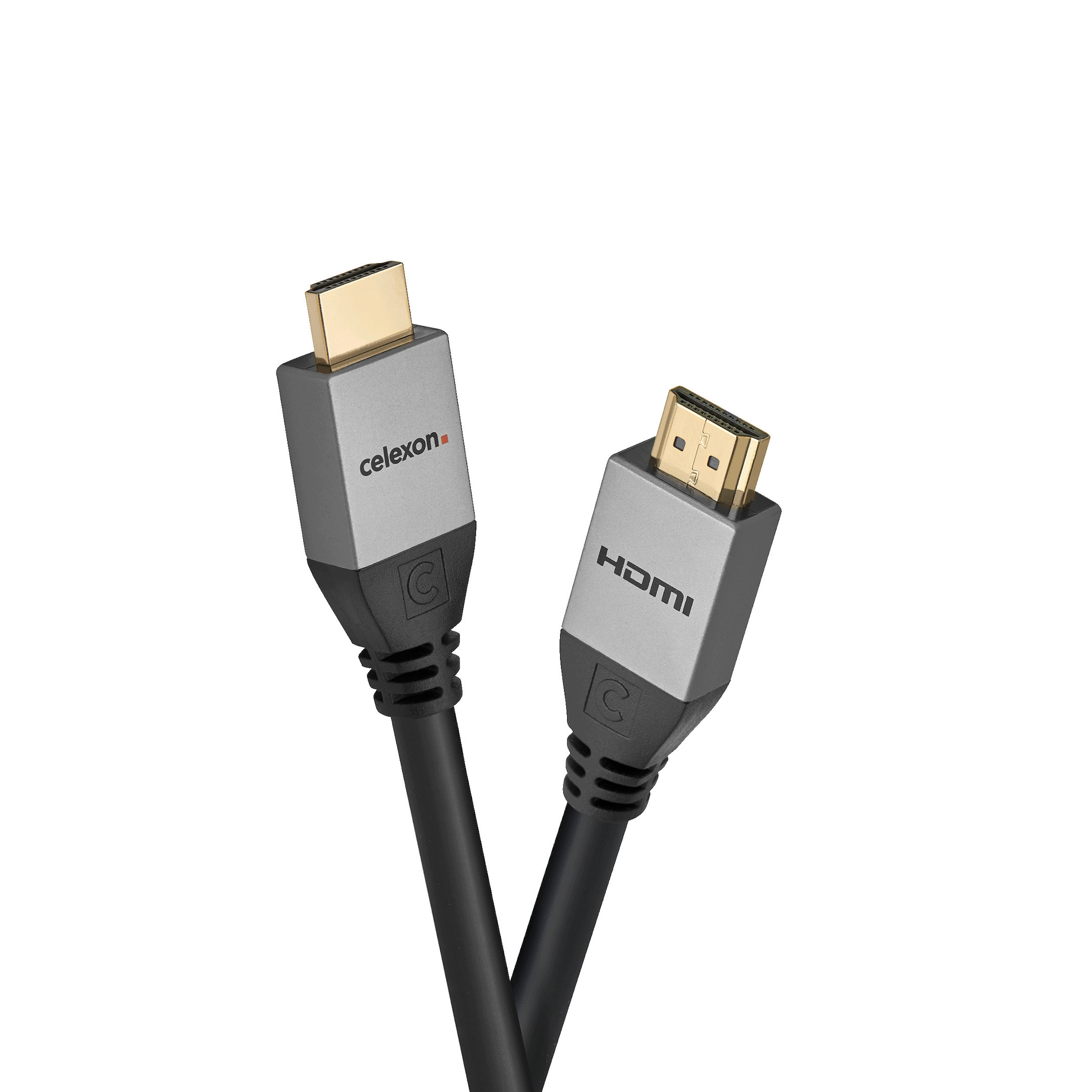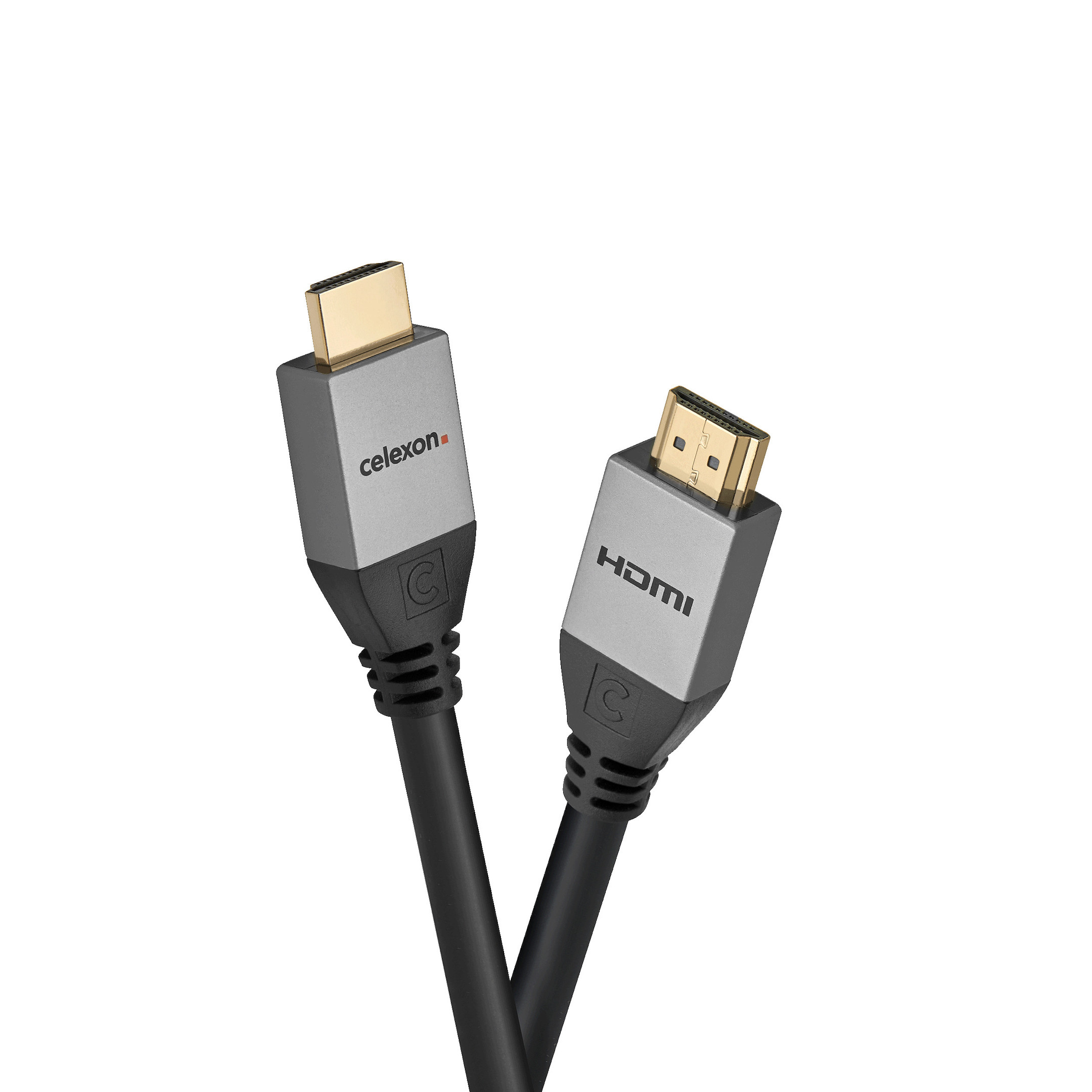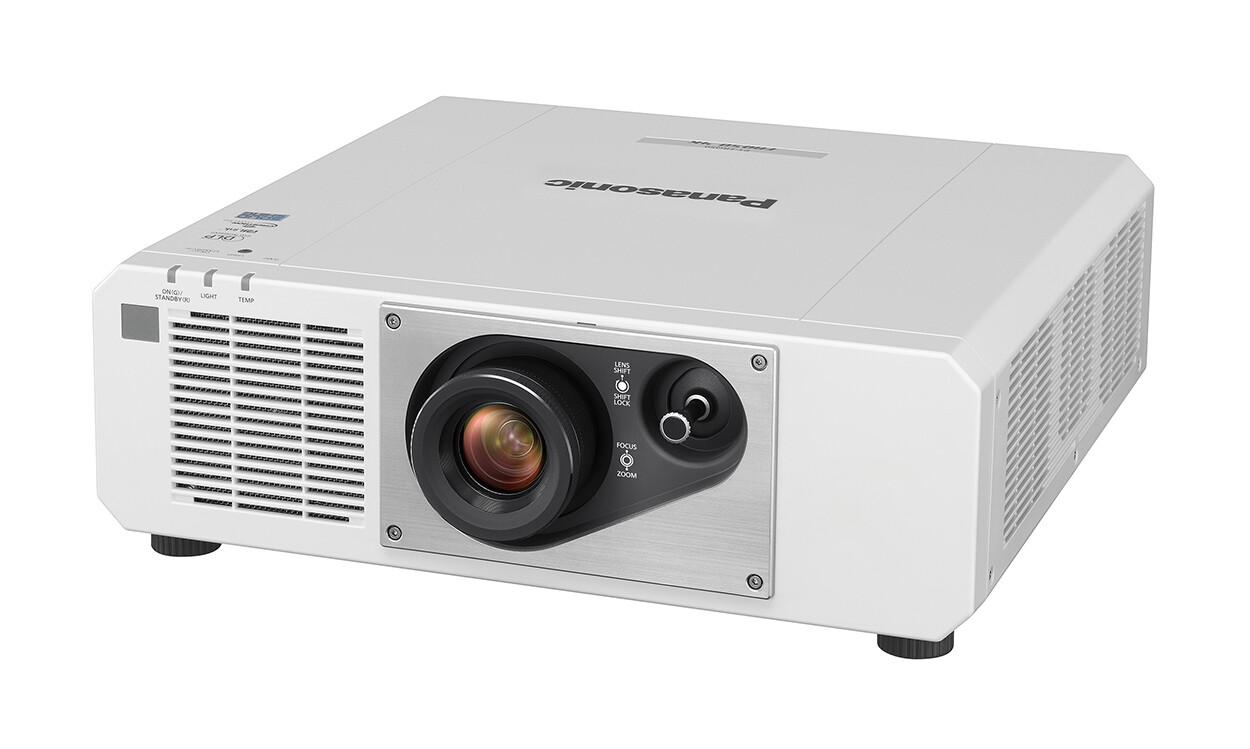



















£4,172.28*
- Light Brightness 5,200 Lumen
- Resolution 3840 x 2160 4K UHD
- Aspect Ratio 16:9
- Operating noise 35 dB


Frequently purchased together
Product information
Quad Pixel Drive for detailed 4K images at high frame rates
Experience the following highlights:
- 4K (3840 x 2160 pixels) resolution
- 5200 ANSI lumens
- 1-Chip DLP™ Laser Projector
- 2.0x zoom lens
- Supports 240Hz
Rich Color Enhancer Produces vivid, accurate colours
Rich Color Enhancer is an original Panasonic colour enhancement technology for 1-chip DLP™ projectors that offers two selectable modes. Dynamic mode balances brightness and colour for clear image visibility in well-lit environments. Standard/Graphic mode optimises colour reproduction performance by adjusting colour wheel timing to expand red channel output, resulting in a more natural, vibrant red print. Colours are deep, rich and accurate, faithfully reflecting the artistic intent of the content creator.
Dynamic Contrast enhances image realism
Dynamic Contrast directly modulates light output to achieve high contrast with lower power consumption. Digitally controlled frame-by-frame modulation for scene matching ensures precise adjustment of light output for accurate contrast, even when bright and dark scenes alternate frequently.
Flexible 2.0x zoom lens with wide-range V/H lens shift
The versatile 2.0x optical zoom lens paves the way for stress-free installation by extending projection distance flexibility and giving you more freedom in choosing a mounting position for the projector. Wide range V/H lens shift (Vertical: +71%, -48% and Horizontal: +34%, -27%) positions the image as desired when the ideal projector placement is not possible, such as in rooms with high ceilings or for angled projections. Adjustments are easily made using the joystick on the front panel.
Free Grid geometric adjustment for screen adjustment via remote control
Free Grid simplifies the operation of selected geometric adjustment features built into the projector. Using only the projector's remote control and without a PC connected, installers can correct image distortion caused by uneven surfaces or irregular objects on flat or curved screens. The projected image is overlaid with a grid that allows the installer to reshape distorted areas by adjusting the position of nodal or V/H line control points. Grid with 2 x 2,
Remote Preview Lite
Remote Preview Lite allows the projectionist to check signal connectivity and evaluate changes to the image when selected projector image adjustment settings are changed by previewing the input video on a laptop screen. Remote Preview Lite works even when the projector is in standby mode, eliminating the need for screen projection immediately before the presentation begins. It reduces the likelihood of display problems before the performance and, if an error is detected, helps narrow down the possible cause to the input signal chain.
Features 2x HDMI ® CEC-compatible inputs for easy operation
Two 4K-capable HDMI inputs support CEC commands from compatible devices, allowing the projector to be turned on and off with the source device. Add the optional PressIT 1 wireless presentation system and share content from almost any device with the touch of a button. As with other compatible streaming devices, PressIT can be powered via the built-in 5V/2A USB DC connector for standalone ceiling installation. Compatibility with HDCP 2.3-protected 4K/60p video promotes smooth integration with your existing 4K-capable system infrastructure.
Multi Laser Drive Engine with Unique Failover Circuitry
Failover circuitry limits brightness loss in the unlikely event of a single diode failure. Multi Laser Drive Engine has redundant laser modules that maintain image display even if one laser module fails. Failover Circuitry provides an invaluable safeguard in situations where the image display must not be interrupted.
20,000 hours of maintenance-free operation
To ensure stable and reliable continuous operation, Panasonic implements a sophisticated heat pipe-based cooling system within the projector's compact, easy-to-handle housing dimensions. This filterless cooling system dissipates heat from the optical block, which is hermetically sealed to prevent dust ingress, complying with the industry's strictest dust protection guidelines. Low degradation laser modules, an inorganic phosphor wheel and a filterless cooling system design contribute to 20,000 hours 1 of maintenance-free projection.
24/7 continuous operation
Aided by a highly efficient liquid cooling system, a hermetically sealed and dust-resistant optical block and low degradation diodes grouped in multiple modules, SOLID SHINE laser projectors can operate reliably 24 hours a day. These projectors are suitable for continuous projection in exhibition and public display applications.
Technical data
| Name | Panasonic PT-FRQ50WEJ Projector, 3840 x 2160 4K UHD, 5200 Lumen |
|---|---|
| Article number | 1000021463 |
| GTIN/EAN | 5025232922970 |
| Manufacturer SKU | PT-FRQ50WEJ |
| Lamp life (ECO) | 24,000 Hour |
| Lens included | Yes |
| Model name | PT-FRQ50 |
| Brand | Panasonic |
| Product Type | Projector |
| Product Series | Panasonic F Series |
| Application | Installation projectors |
| Projector Type | DLP |
| Projector lamp type | Laser |
| ANSI Lumen | 5,200 ANSI Lumen |
| ISO Lumen | 5,200 ISO Lumen |
| Resolution | 3840 x 2160 4K UHD |
| Aspect Ratio | 16:9 |
| Contrast Ratio | 20,000 :1 |
| Operating noise | 35 dB |
| Operating noise - ECO | 28 dB |
| Lamp life | 20,000 Hour |
| Minimum Projection Distance | 150 cm |
| Maximum Projection Distance | 1,200 cm |
| Minimum Projection Ratio | 1.45 |
| Maximum Projection Ratio | 2.92 |
| Minimum Lens-Shift Horizontal | -27% |
| Maximum Lens-Shift Horizontal | 34% |
| Minimum Lens-Shift Vertical | -49% |
| Maximum Lens-Shift Vertical | 71% |
| Inputs | 1x Ethernet , 1x USB-A , 2x HDMI , 2x VGA |
| wireless technology | WLAN optional |
| Features | 360° projection , Integrated speaker , Lens Shift |
| Product width | 49.8 cm |
| Product height | 16.8 cm |
| Product depth | 49.2 cm |
| Weight | 16.5 kg |
| Colour | White |
| Delivery contents | Batteries , Power cable , Remote control |
| Condition | New |
| Warranty | 24 Month |
| Warranty type | Bringin service Service and support information |
Downloads
Projection distance calculator
Contact our experts for help!
Image size:
Format
Format
Product safety
| Person responsible for the EU |
|---|
| Panasonic Deutschland |
| Winsbergring 15 |
| 22525 Hamburg |
| Germany |
| panasonic.de@eu.panasonic.com |




